Safflower was a key crop in ancient Egypt, and it eventually spread to Greece, China, and even Spain. For ages, it was used to color clothes, make tea, and add flavor to food. Safflower is an excellent—and far less expensive—saffron alternative in cooking, and it was dubbed "poor man's saffron" due to its similarity to pricy saffron. The only differences is that you won't get that delicious saffron flavor when you swap the two, but you will get that warm color.
Iran (IMNA) - Safflower is a thistle-like plant with yellow blossoms that thrives in arid environments and is mostly grown for its seeds, which are used to produce vegetable oil. Depending on the techniques employed, it may be utilized to create brilliant yellow and pink hues, orange/coral tones, and even reds.
Nowadays, people choose safflower heads mostly for the seeds rather than the brightly colored blooms, which were once used as dye. Many people find them to be tasty, and they are high in fatty acids. Safflower seeds can also be saved for the next year's planting.
Safflower is an excellent choice for vividly colored, long-lasting cut flowers for wreaths and bouquets. If you want fresh flowers, clip the blossoming stems while the blossoms are partially open and showing color. For dried flowers, cut them when the blossoms are totally open and hang the stems upside down in a cool place to air dry.
Let’s enjoy the harvesting shots of this astonishing plant in Isfahan's Bersian through IMNA’s camera.
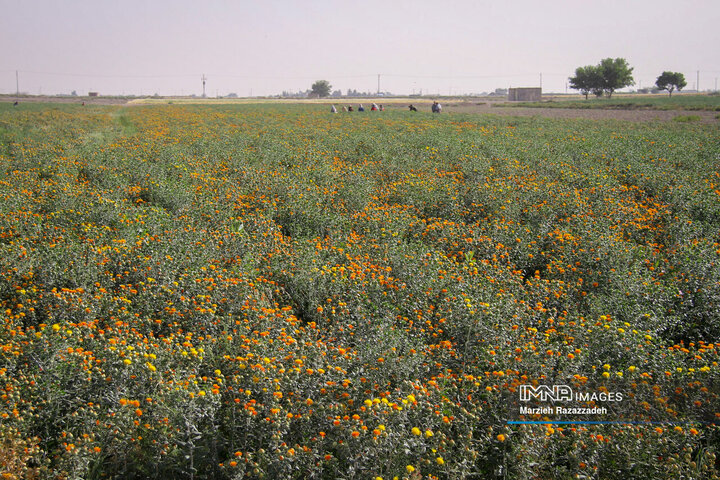
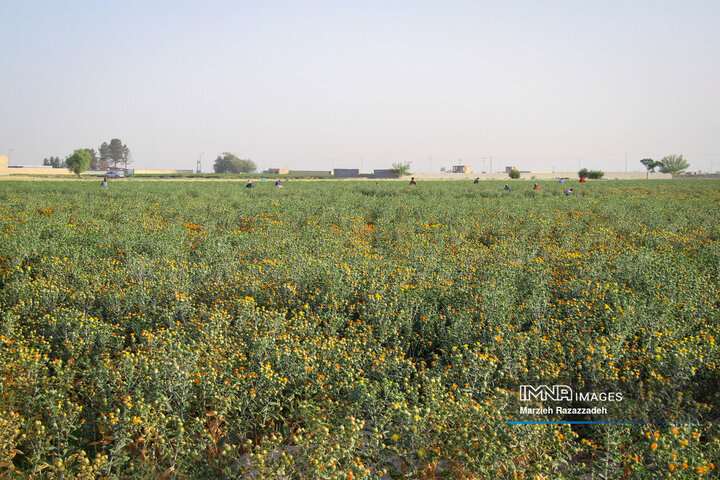

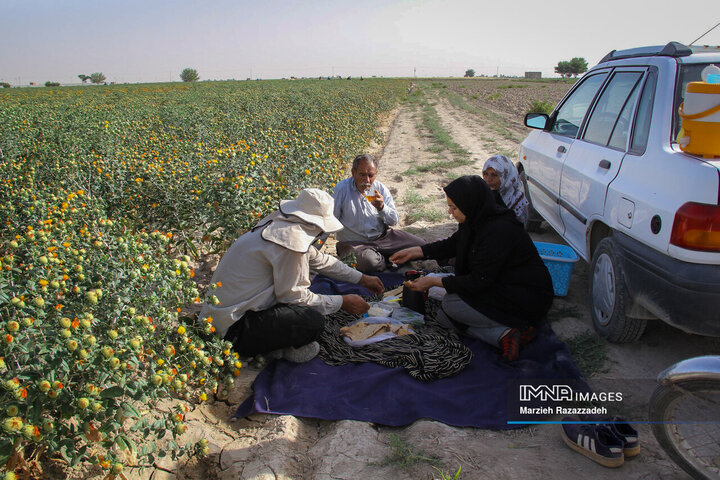
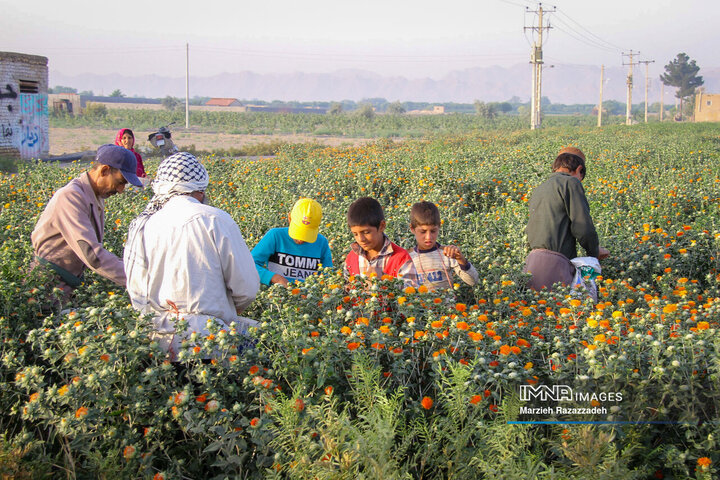
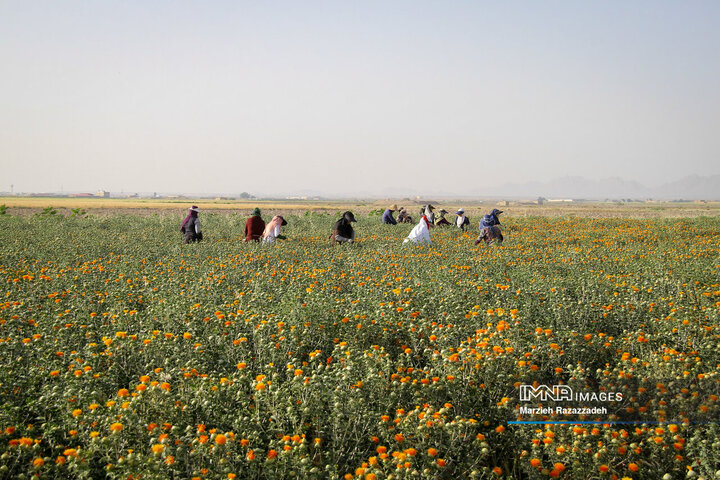
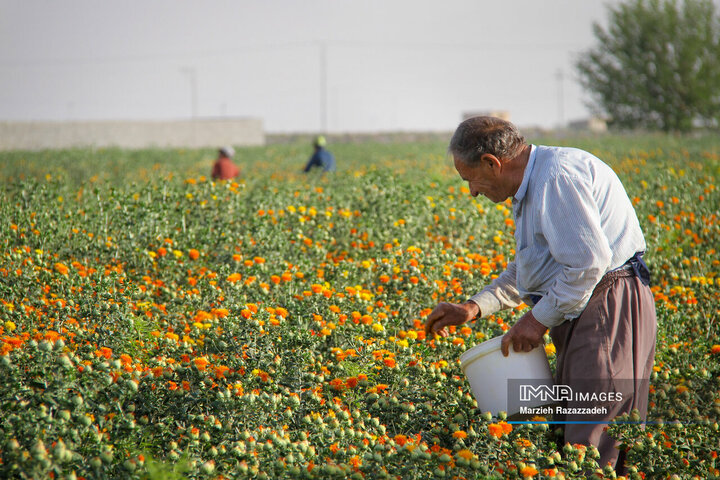
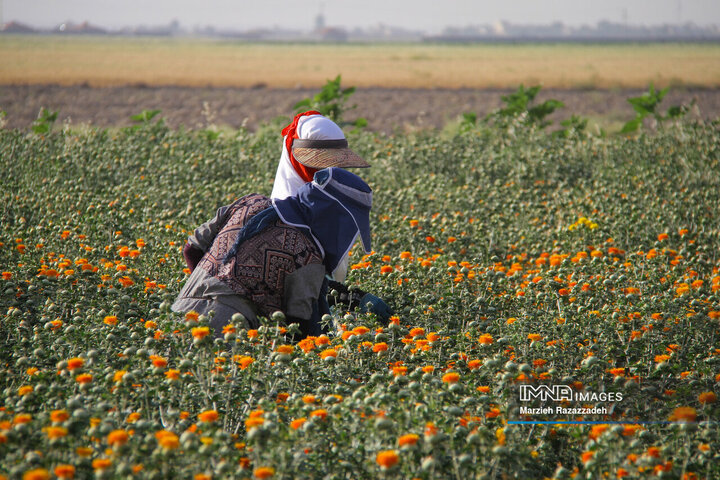
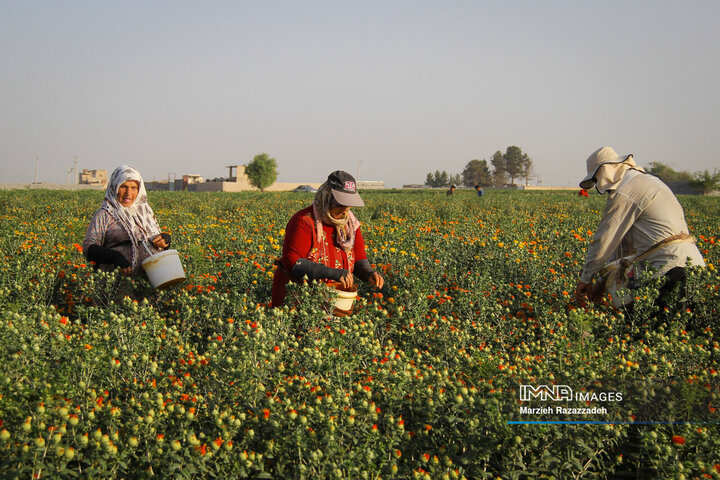

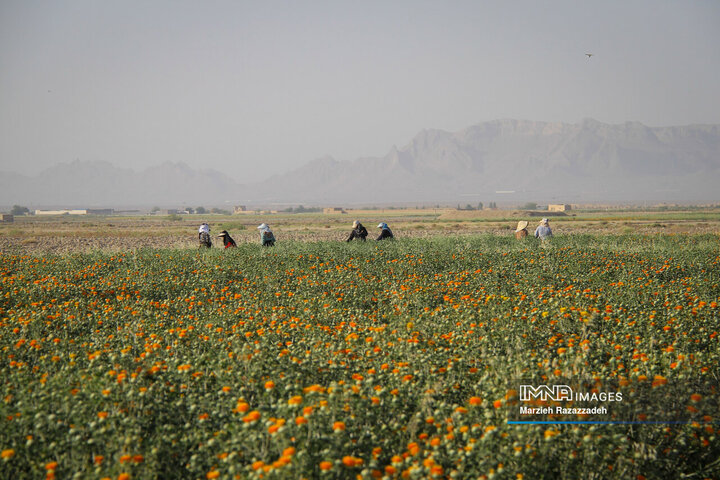
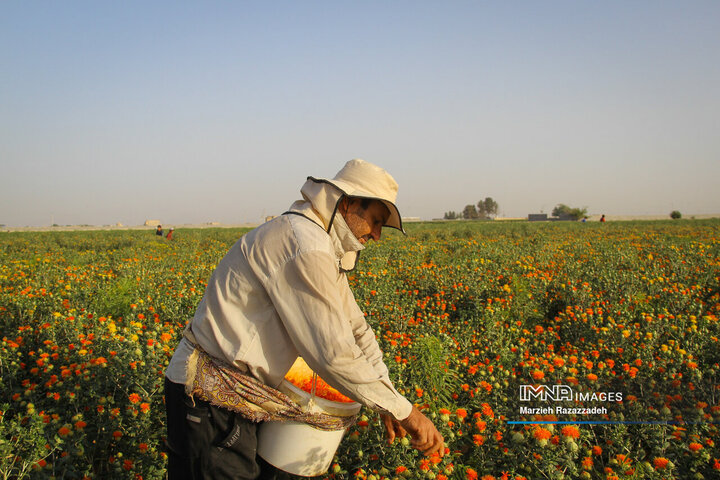
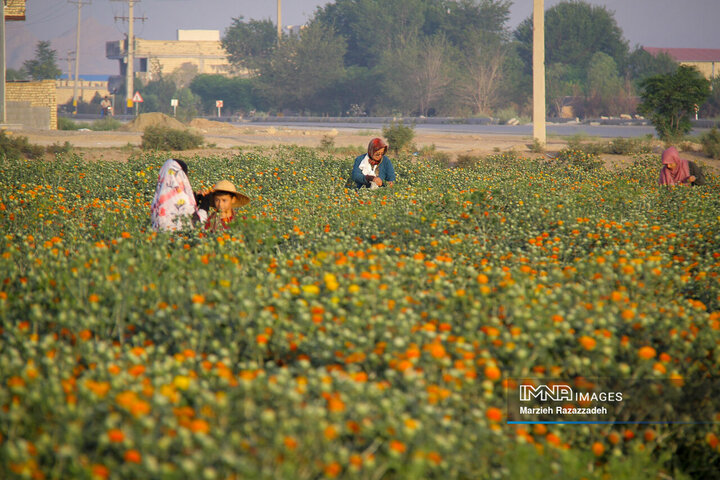
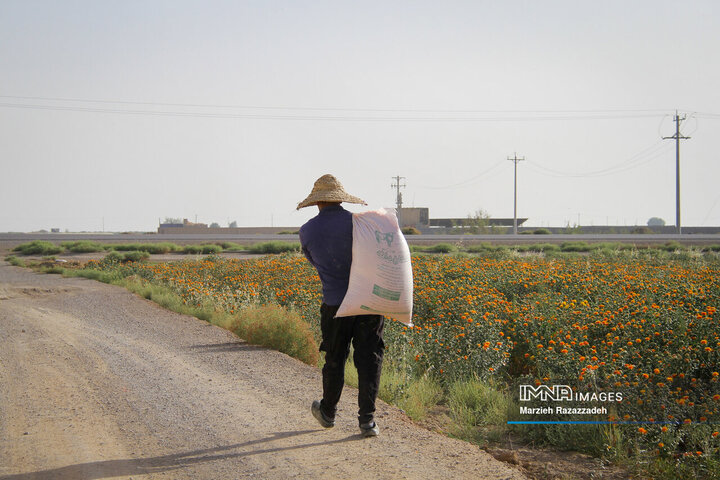

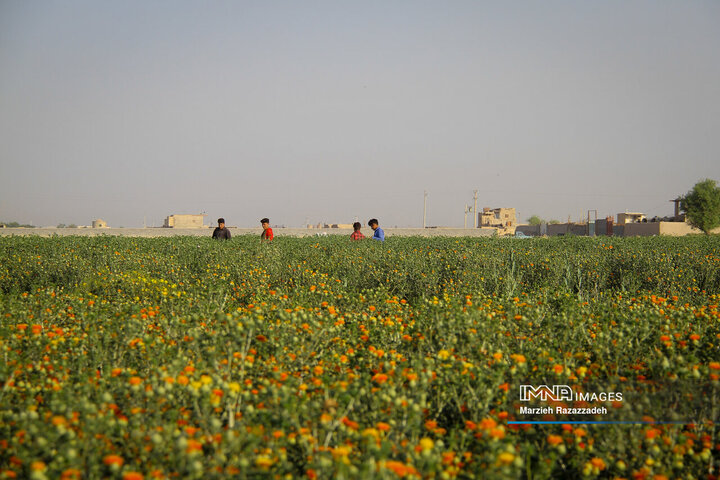
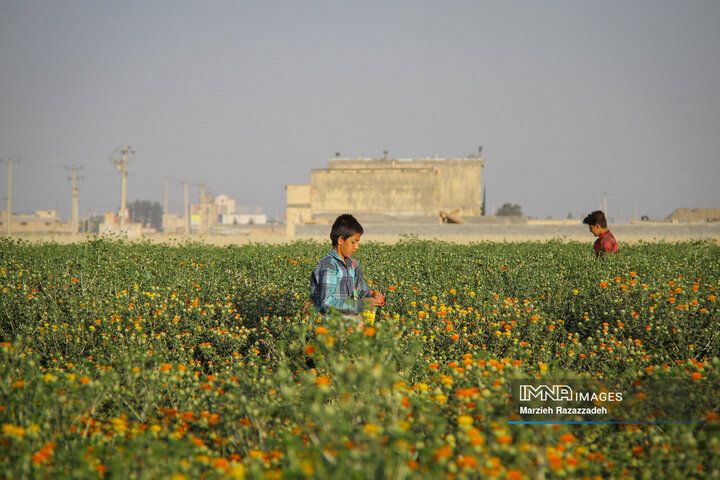

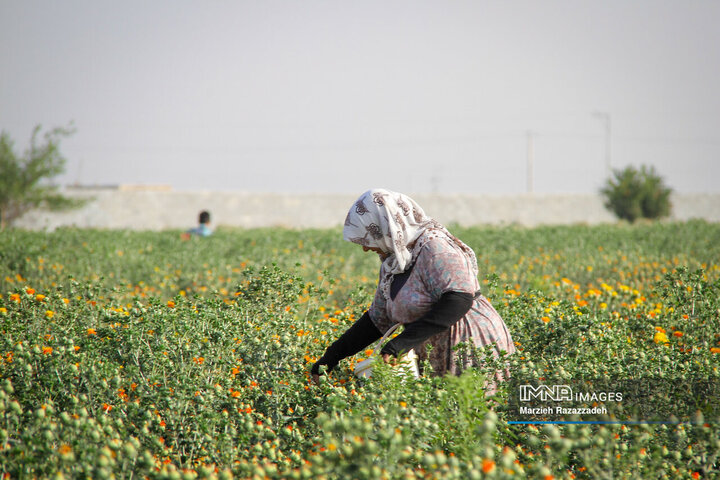
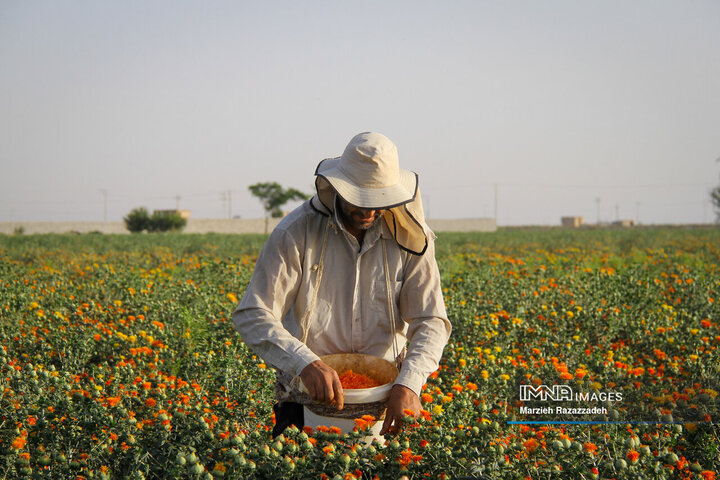
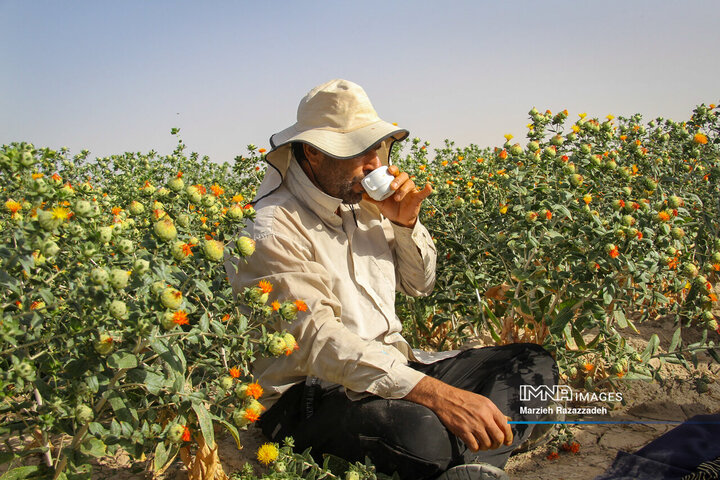


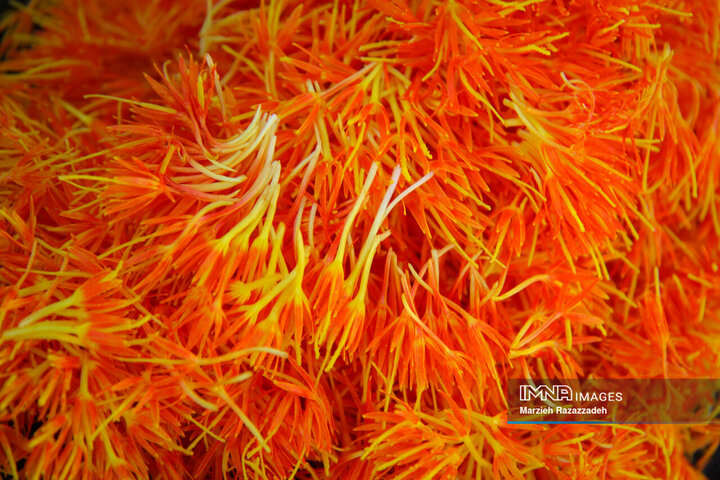
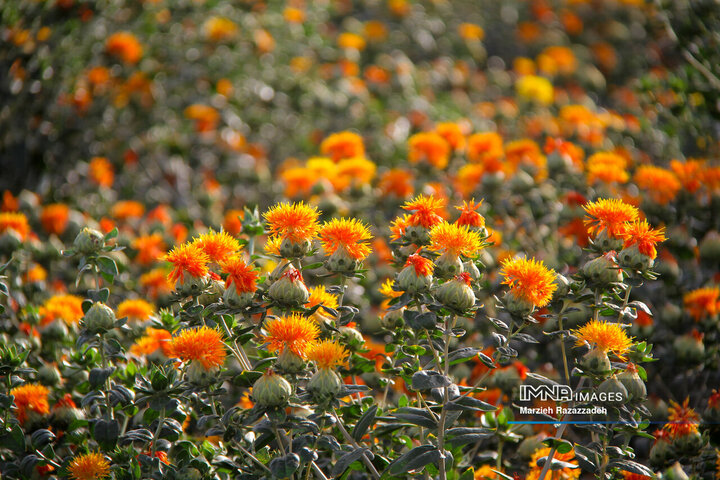
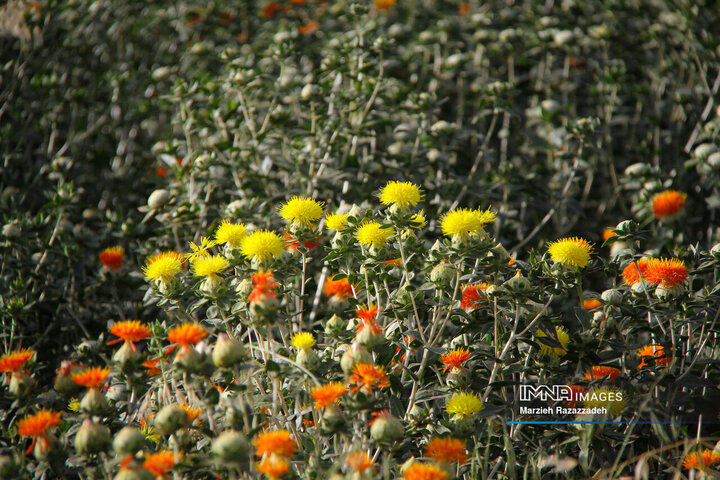
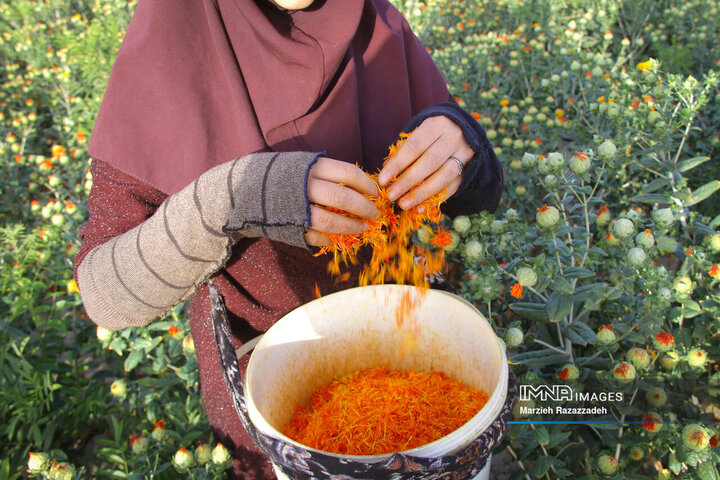

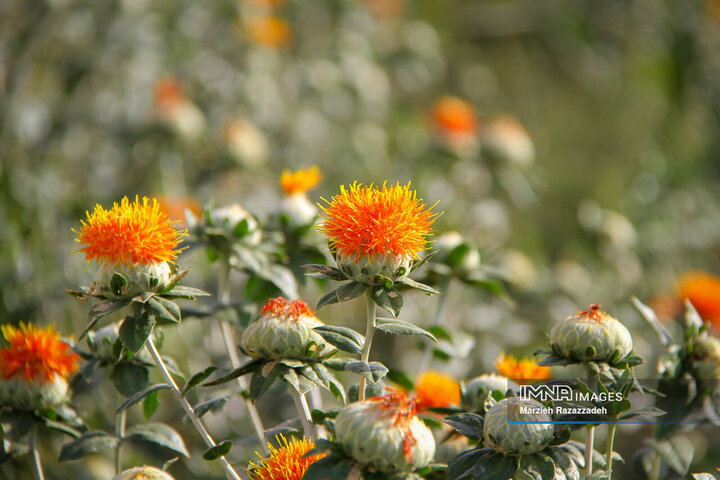



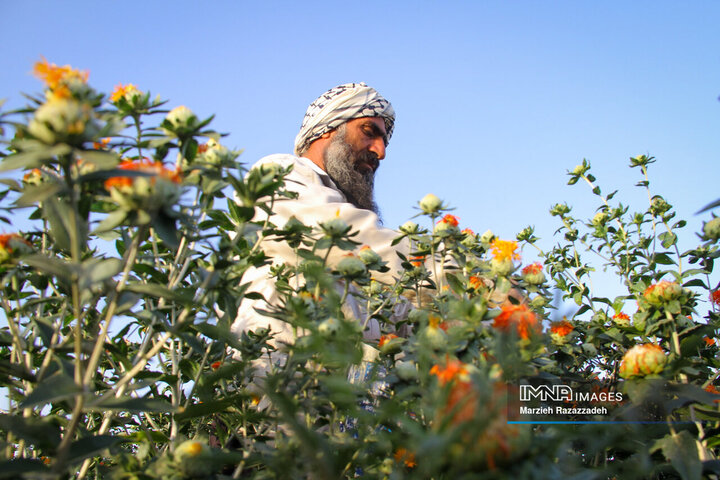
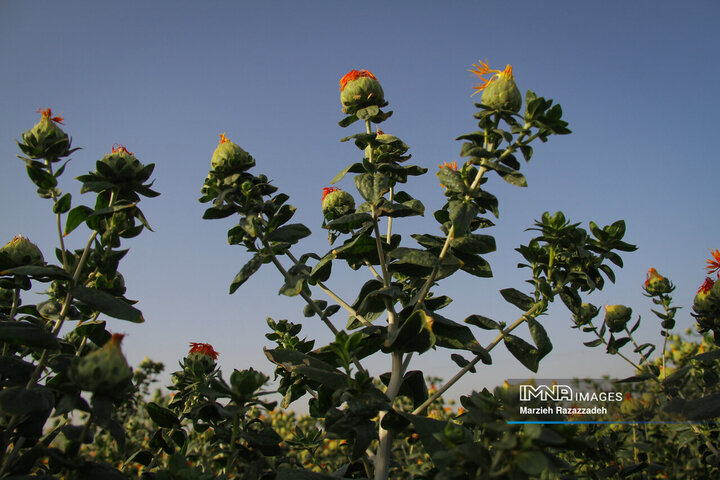
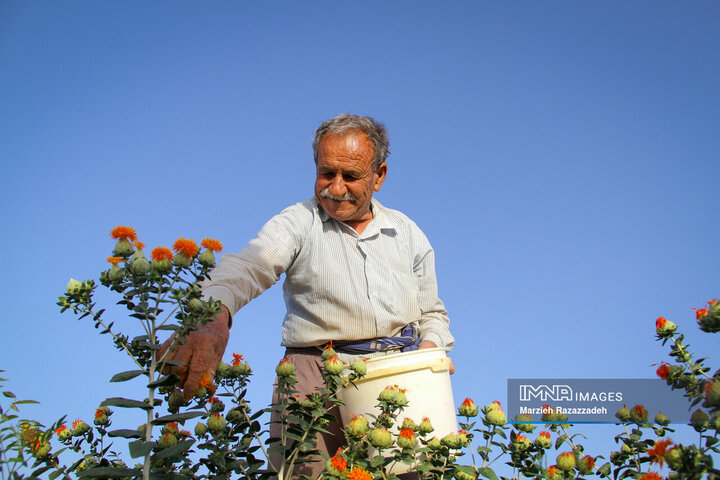

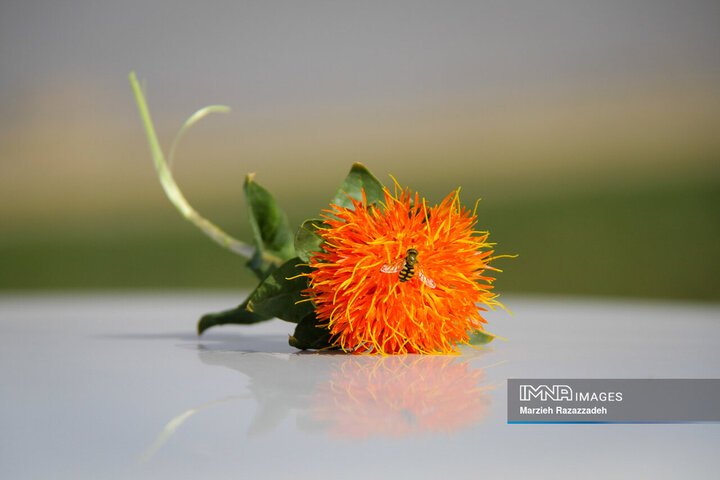
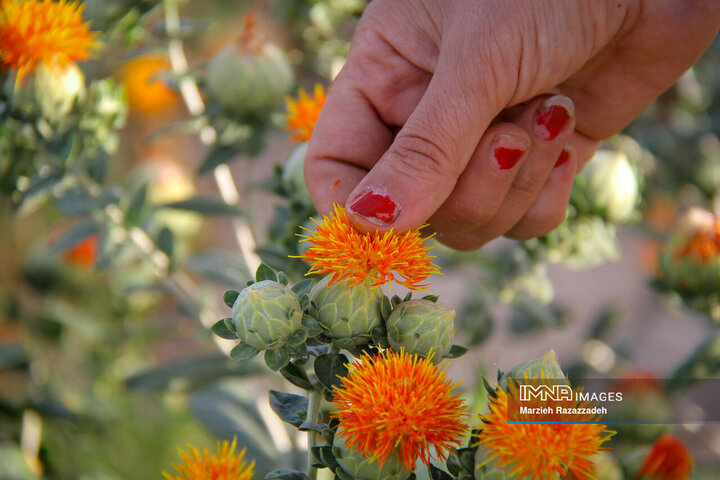
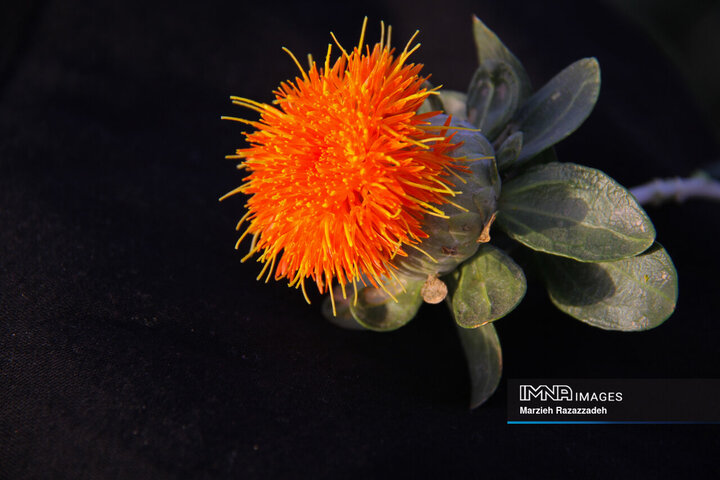

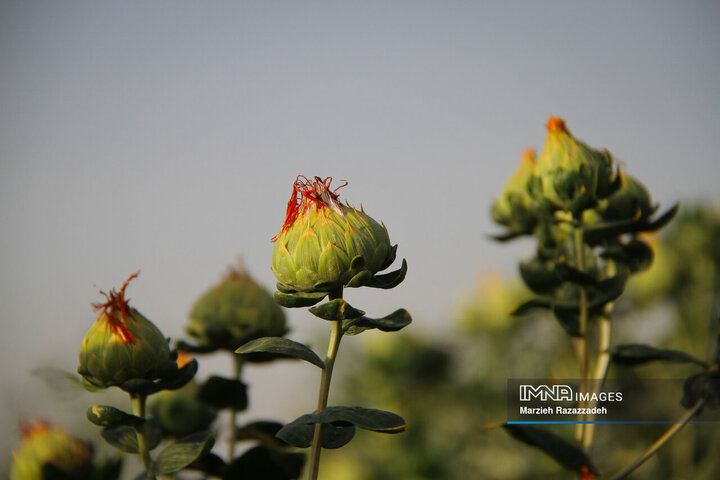
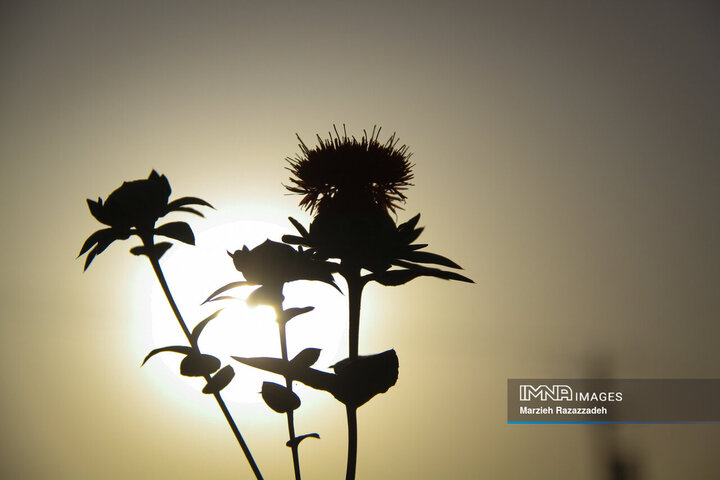

Your Comment